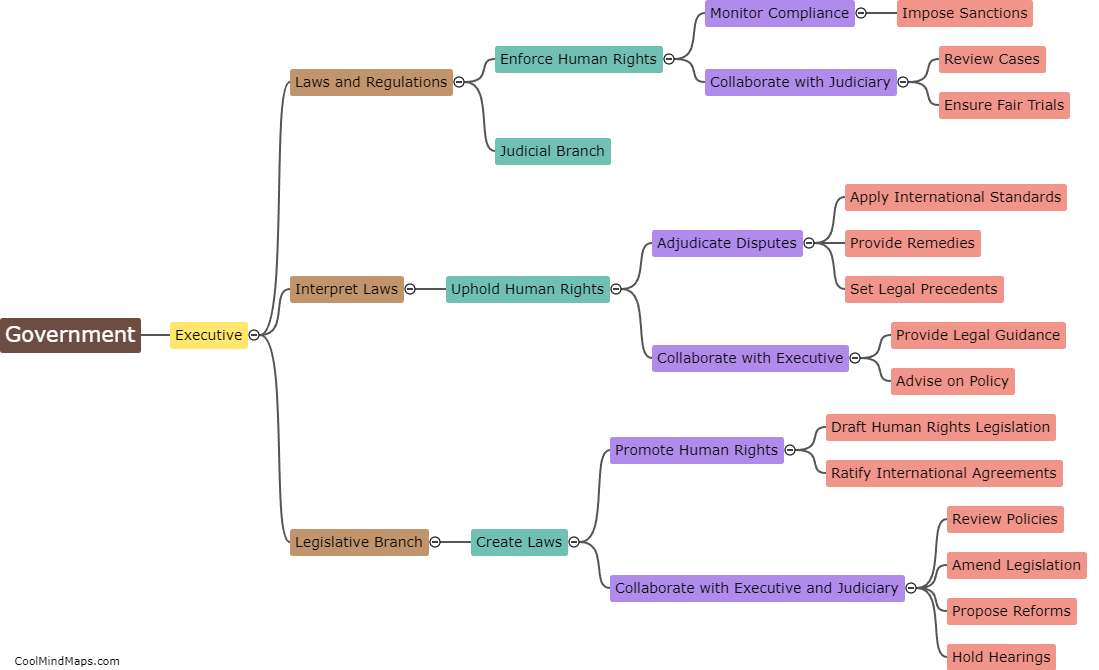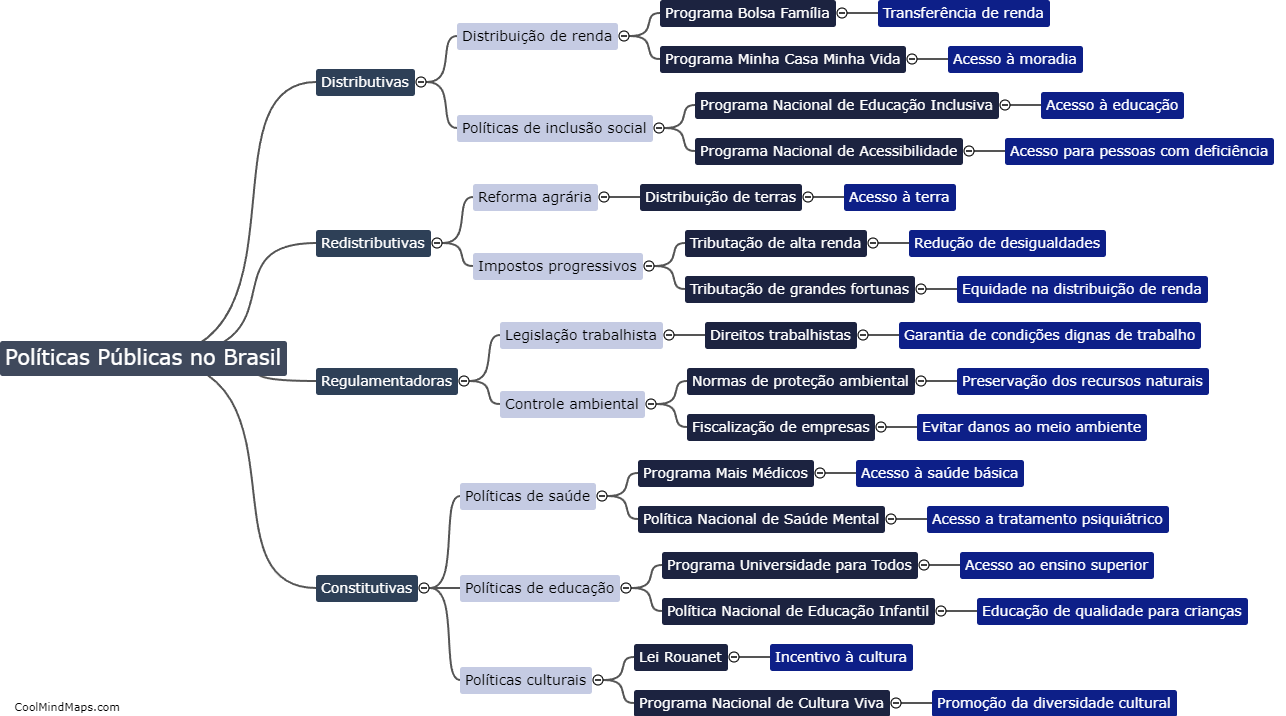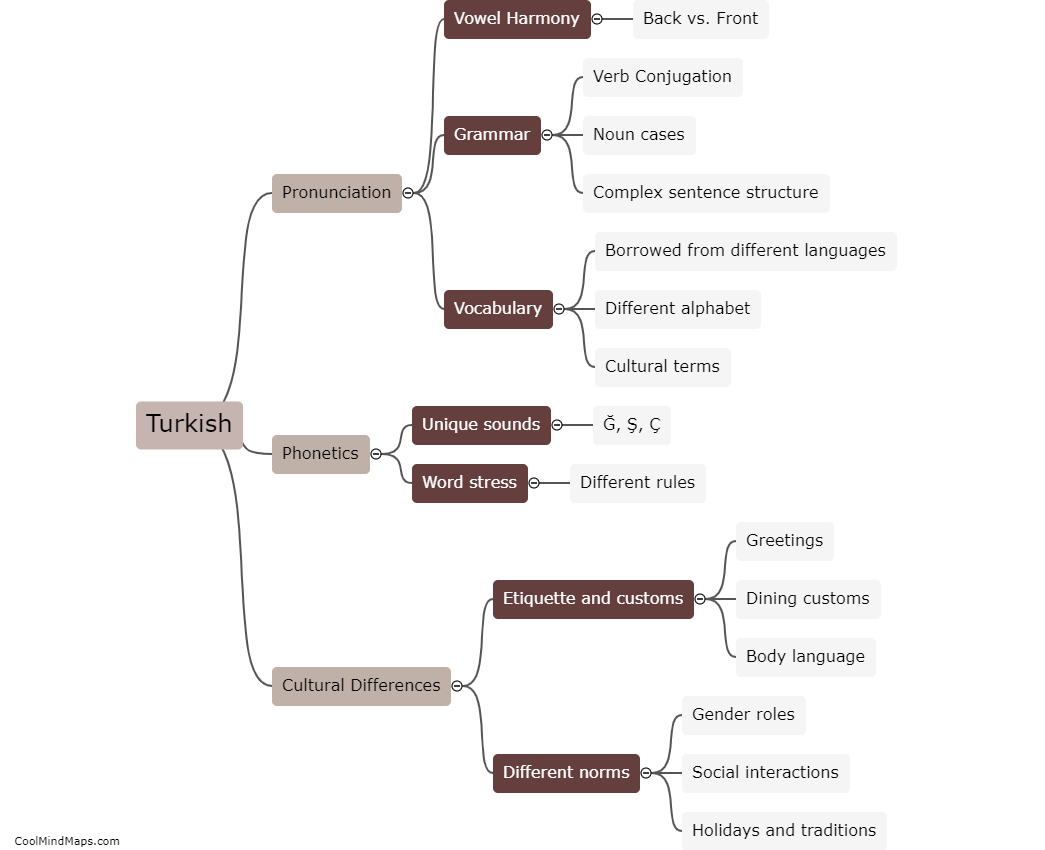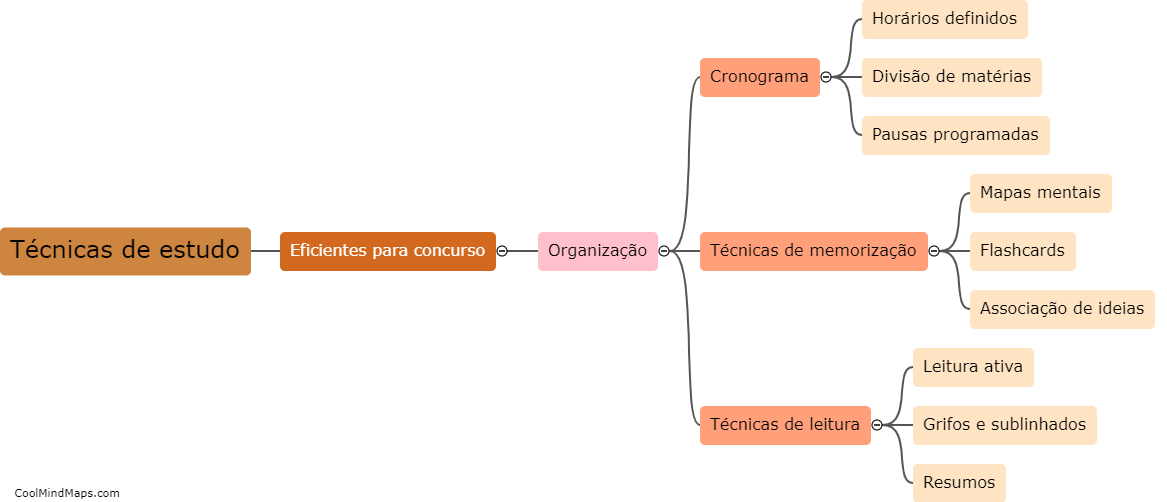How can different branches of government collaborate to institutionalize human rights policies?
In order to institutionalize human rights policies, different branches of government must collaborate effectively. The executive branch can play a crucial role by implementing and enforcing human rights laws and policies. This can involve creating specialized agencies, such as human rights commissions or ombudspersons, to promote awareness and handle complaints. The legislative branch must pass comprehensive legislation that reflects international human rights standards and protects the rights of all individuals. Additionally, this branch can exercise oversight by holding public hearings, conducting investigations, and monitoring the executive branch's compliance with human rights policies. Lastly, the judicial branch plays a vital role by interpreting and safeguarding human rights through their decisions. By ensuring an independent and impartial judiciary, the protection of human rights is more likely to be secured. Each branch can collaborate by coordinating efforts, sharing information, and creating mechanisms for monitoring and evaluating human rights policies, ultimately institutionalizing and promoting a culture of human rights in society.

This mind map was published on 7 February 2024 and has been viewed 96 times.











